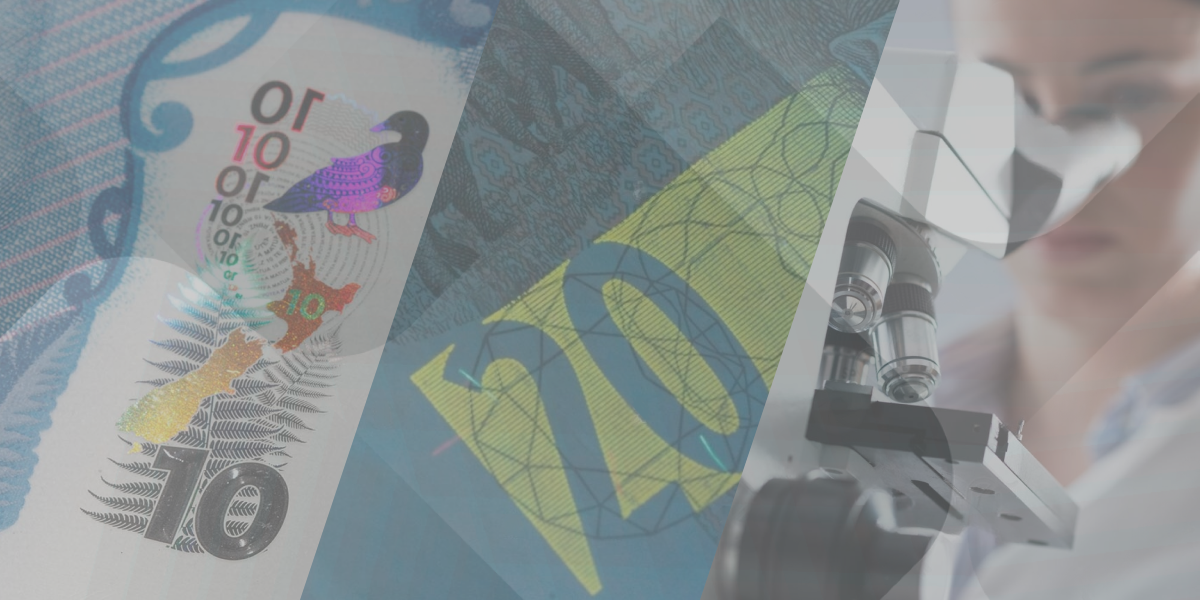Protect your brand and boost consumer confidence
Understanding product authentication
The benefits of product authentication

Types of authentication: an overview of Overt, Covert and Forensic Analysis features

Overt authentication features
Overt authentication features, also known as visible authentication features, are elements that can be easily detected and recognized by end-users or authorized verifiers. These authenticators are usually integrated into the product design or packaging, and can take the form of special markings, unique labels, 2D codes or holograms visible to the naked eye. overt authentication features are designed to provide immediate, tangible proof of a product’s authenticity, enabling consumers to quickly verify its origin. They are particularly useful in deterring mass counterfeiting.
Covert authentication features
On the other hand, covert authentication features are designed to be unobtrusive and difficult to detect without the use of special tools. These security features are often integrated invisibly into products, and are only revealed using special reading techniques or detection tools. Covert authentication features can include invisible inks, specific chemical markers, microchips or hidden markings. The advantage of these authenticators is that they offer an extra layer of security, as they cannot be easily reproduced or altered. Covert authentication functionalities are generally used in sectors where counterfeiting is widespread and requires more sophisticated security measures.
Forensic analysis
Finally, forensic analysis is a complementary approach used for product authentication.It involves the thorough examination of a product using scientific and laboratory techniques, in order to detect signs of tampering, falsification or counterfeiting.Forensic analysis can include physical, chemical, spectroscopic or microscopic tests, and provides solid scientific evidence to confirm or invalidate a product’s authenticity.This method is often used in cases where the overt or covert authentication features are not sufficient to provide a clear answer, but its use is not easy and often destructive of the product itself.
In the industrial world, product authentication technology is generally implemented using over or cover solutions, since their implementation and cost are far lower than forensic analysis methods.
Implementation of a product authentication system
Depending on your strategy, communication and consumer awareness also play a crucial role in the success of product authentication. Companies need to inform consumers about the benefits of authentication and how to verify product authenticity. Digital marketing channels, such as social networks and websites, can be used strategically to promote product authentication, raise consumer awareness and strengthen loyalty.

Product authentication: a key step in protecting your brand
Product authentication has become an essential element in protecting brands and boosting consumer confidence. By implementing appropriate authentication solutions, companies can combat counterfeiting, protect their reputation and deliver an optimal customer experience. By following the key steps for setting up an effective authentication system, and proactively communicating with consumers, brands can ensure their long-term success in a competitive marketplace. Protect your brand today by adopting product authentication and guaranteeing your customers’ trust.
ATT can help you implement product authentication and brand protection solutions.